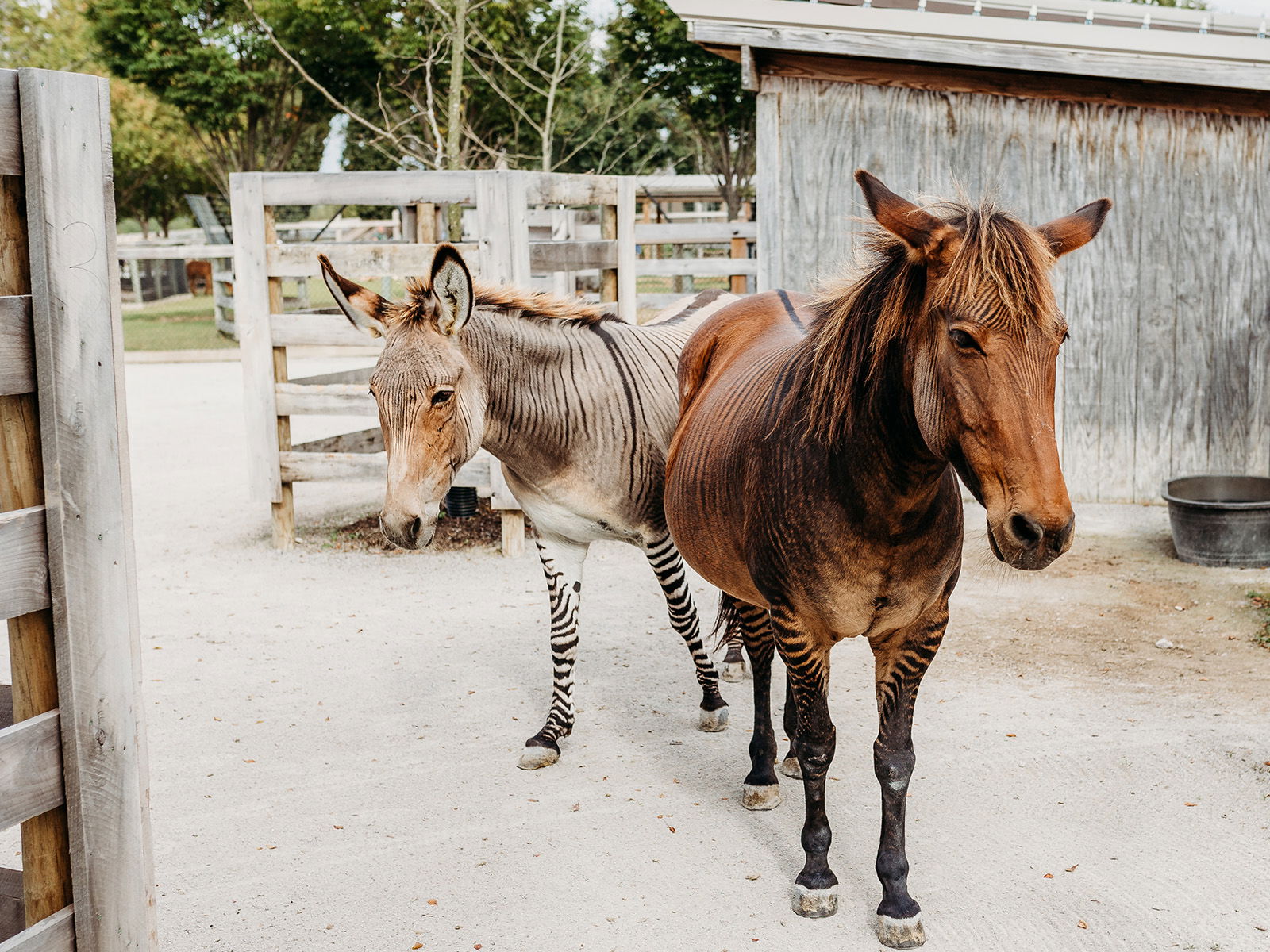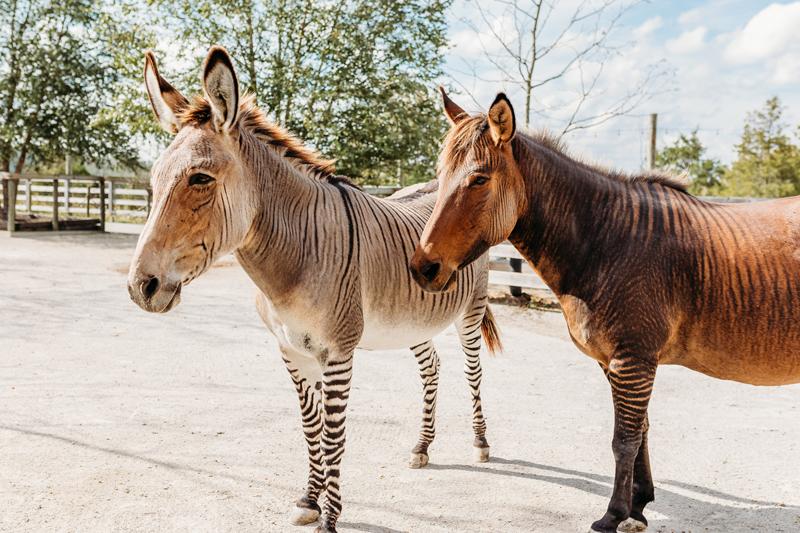Zebroid
Zebroids demonstrate how horses, donkeys, and zebras belong to a single created kind.
Day of Creation: six
Biblical Kind: equine (includes horses, donkeys, zebras, and wild asses)
Status: hybrid
Length: 4–5 feet (1.2–1.5 meters) at the shoulder
Weight: 500–700 pounds (226.8–317.5 kilograms)
Habitat: adaptable to almost any habitat
Lifespan: 25–35 years
Diet: grasses
Family Life: live in herds
Reproduction: single foals are born after 12-month gestations
Fun Facts
Zebroids (zebra hybrids) were originally bred in Africa in the 1800s to use for farm work. The zebra parents contributed heat, disease, and pest resistance as well as greater strength and endurance. With patience, they can be trained to do anything domestic horses or donkeys can do. However, zebroids should never be considered truly domesticated because they retain the aggression and unpredictability of their zebra parents.
A cross between a male zebra and a female horse is called a zorse, while a cross between a male horse and a female zebra is called a hebra. A cross between a male zebra and a female donkey is called a zonkey, while a cross between a male donkey and a female zebra is called a donkra. The term zedonk is slang.
Every zebra and zebroid has a unique striping pattern. Recent studies show zebra stripes are not used for confusing predators as once believed but actually for warding off insects as well as the African heat.
Are zebras black with white stripes or white with black stripes? It depends on how you look at it! While most zebras appear to have a white base coat with black striping, their skin is actually solid black. Additionally, all their hair grows from follicles containing pigment-generating cells, and in their white hair, those cells are just deactivated.
Zebras and zebroids have excellent hearing and night vision and can see as well as owls in the dark. They can run up to 35 mph (56.3 km/h), and foals can walk 20 minutes after birth and gallop within an hour!


